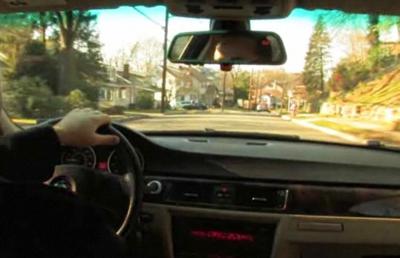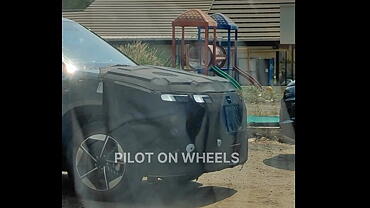Every year hundreds of lives are lost due to road accidents in India. In the year 2011 itself, around 4, 97,686 people were killed in road accidents. Studies have also found that a large percentage of these accidents are caused due to rear end collisions and many of them could have have been easily prevented. Some car driving tips in India are stated below on how to prevent road accidents, especially on how to avoid rear end collisions that can save a number of precious lives.

Let us first understand what rear end collisions are? As the name suggests, these accidents occur when a vehicle is hit from behind-either it is stationary or when it is moving. A large number of these rear end collisions in India occur when cars come to a halt at changing traffic lights. Negligence and aggression on the roads also often lead to such collisions.
Even a minor rear-end collision can cause significant damage to your health and cause pain and suffering throughout life. The sudden whiplash movement of the head that occurs on this account can cause severe injuries to the neck and spinal cord.
Follow these car driving tips in India on how to prevent road accidents and reach your destination safely.
- Vehicle maintenance – Proper maintenance of vehicles can bring down the incidents of accidents drastically. Proper maintenance of braking systems, tail lights and car tyres increase the safety on road.
- Maintain safe braking distance – The rule of the thumb here is that during heavy traffic, the driver of the car should be able to see the rear tyres of the front vehicle, i.e., the minimum distance between two cars. This distance should increase when driving on the highways where speeds are greater. Keeping a good distance from the car in front will allow the driver to slow down gently without resorting to panic braking. The other advantage of braking gently is that you avoid skidding of the vehicle, which can cause a major accident and also subject the vehicle to less wear and tear.
- Watch the rear view mirror – Inculcate the habit of looking at the rear view mirror using peripheral vision. This habit can go a long way in ensuring that a rear end collision is averted.
- Proper signalling – While overtaking or turning, give the drivers behind you a plenty of time to notice and react. If traffic in front of you slows down, gently tap your brakes. The intermittent glowing of tail lamps will alert the cars behind. Also, when deciding to overtake, look in the side-view mirrors first and give proper turn indicators to suggest other drivers that you will be changing lanes.
- Head Restraint adjustment – For maximizing safety and for avoiding whiplash injury, the top of the head restraint should be at the same level as your head. With this, sudden jerky movements of the neck and severe injury can be avoided.


























